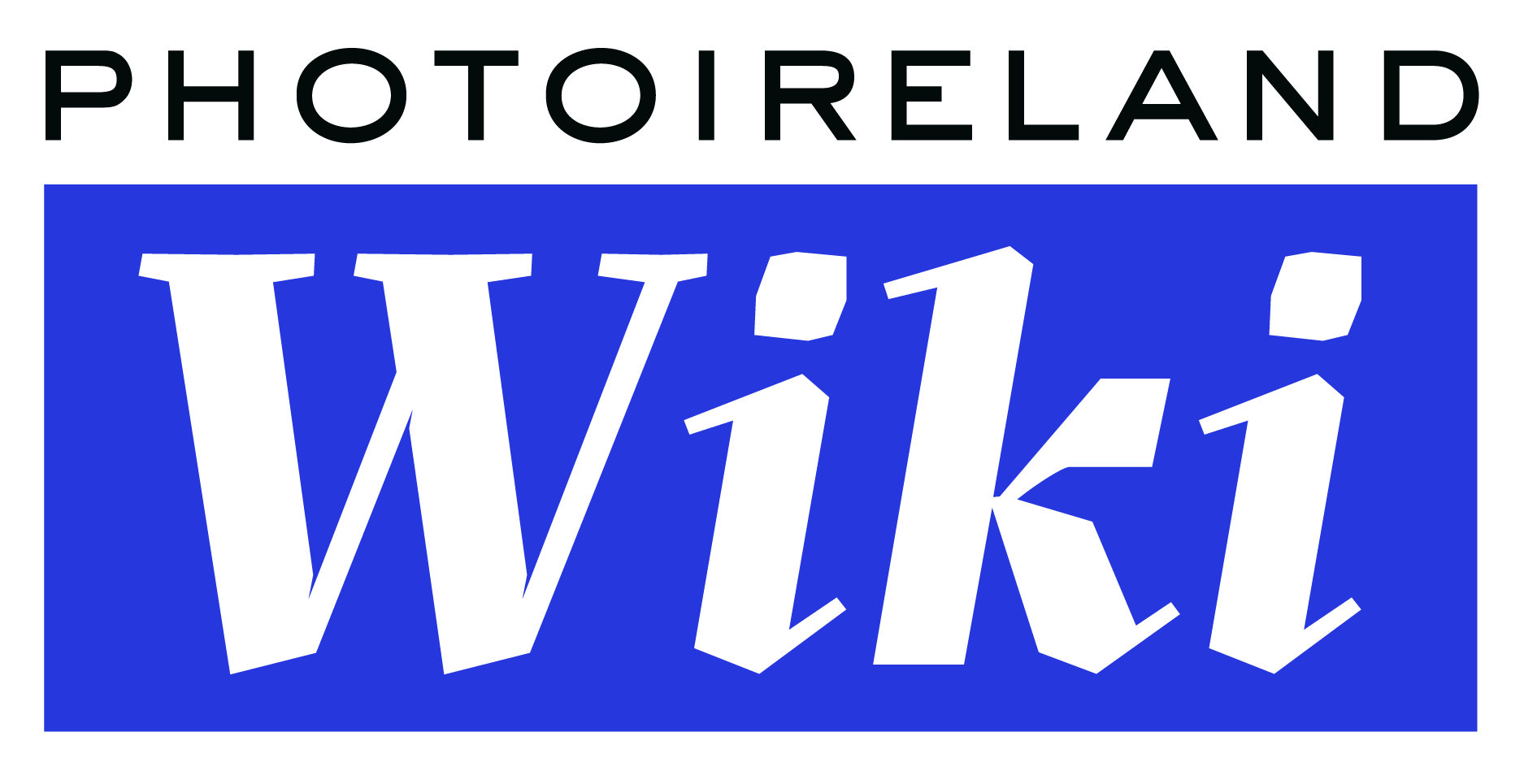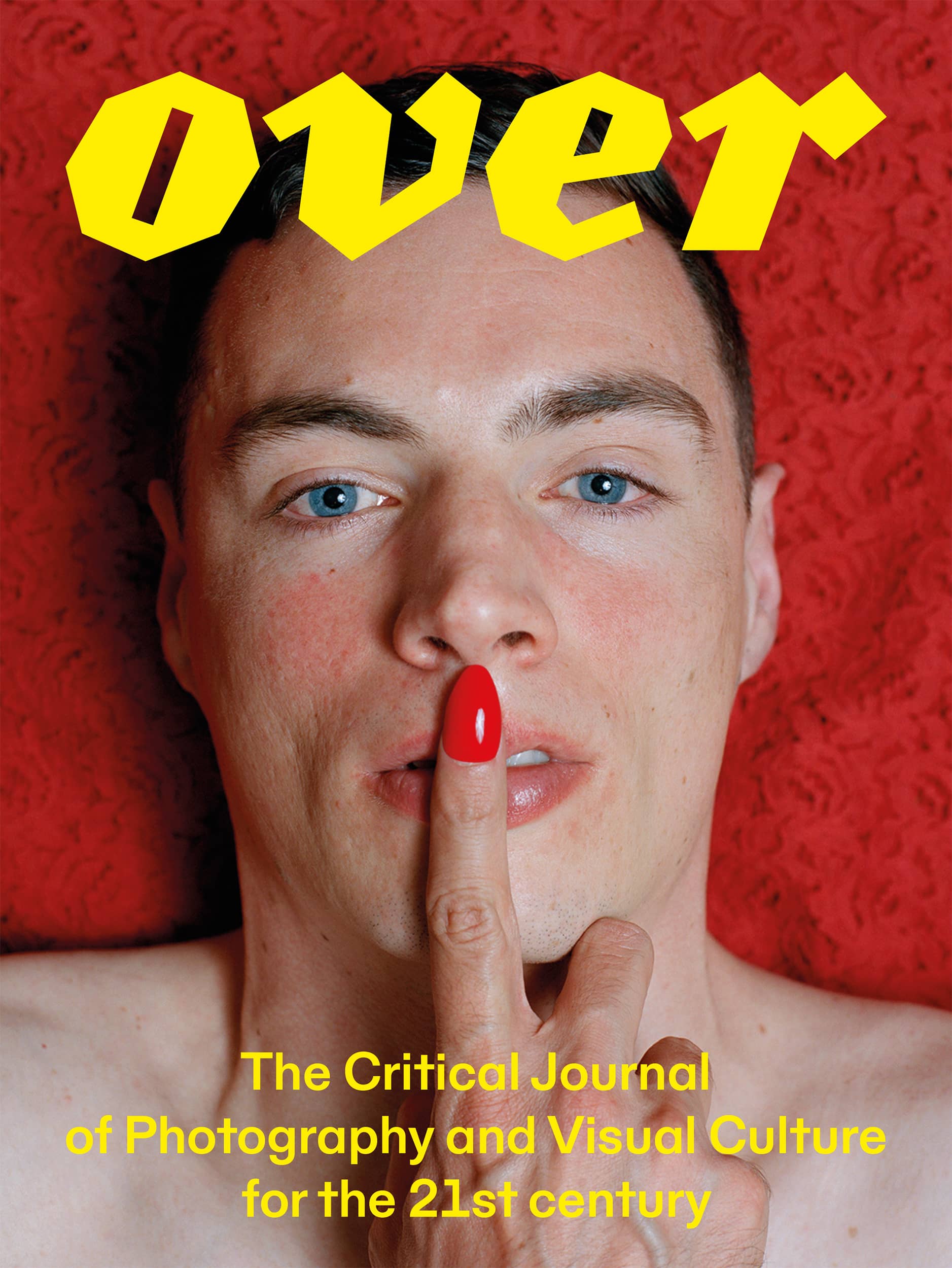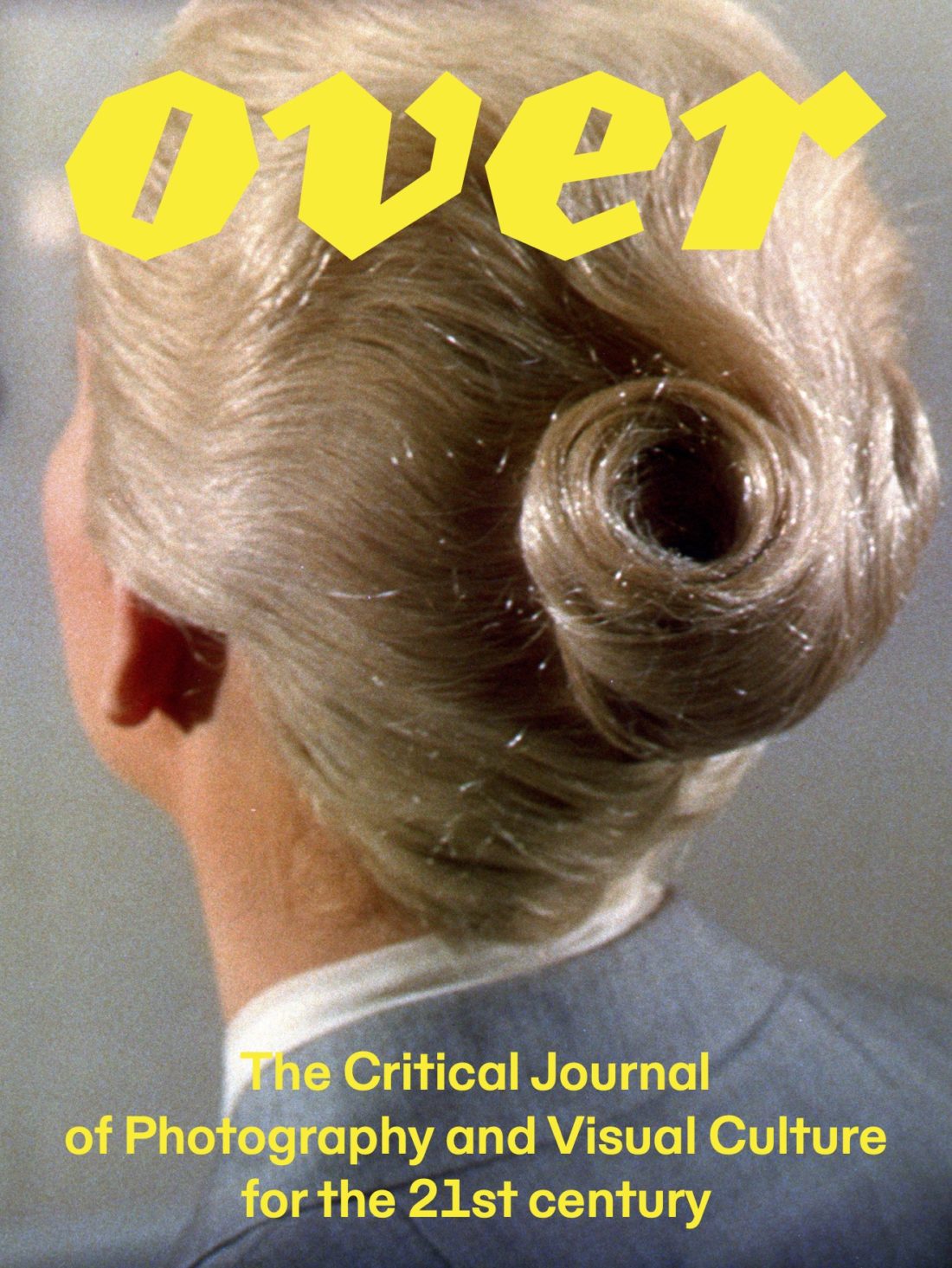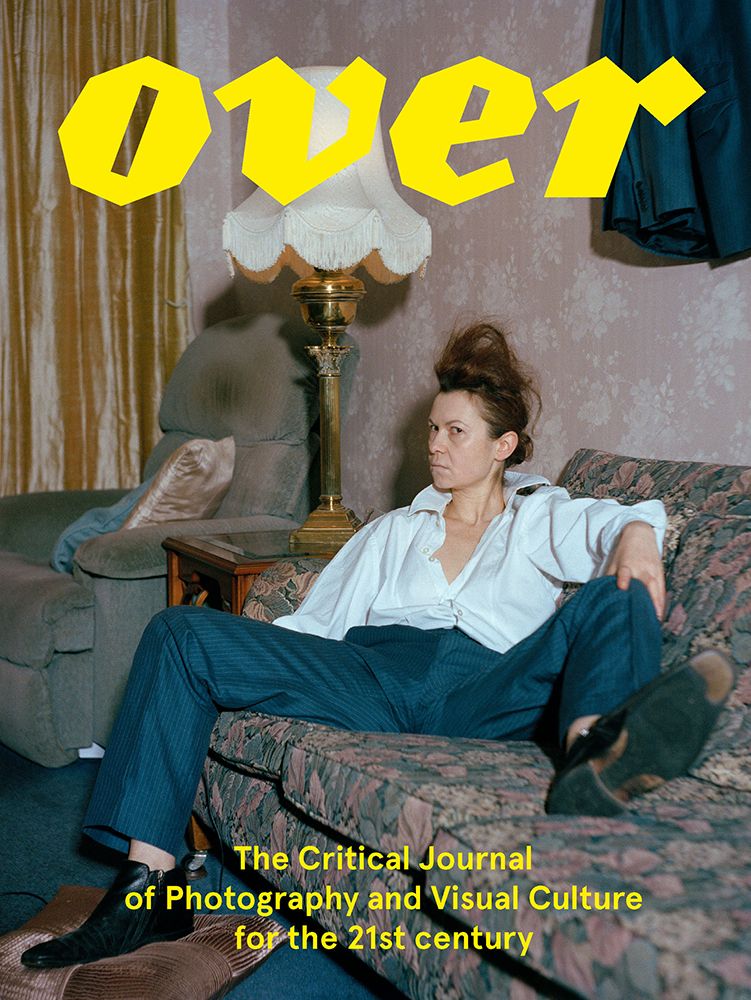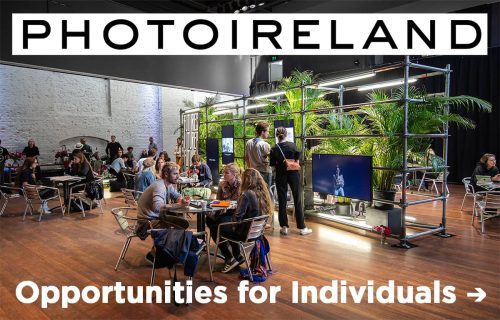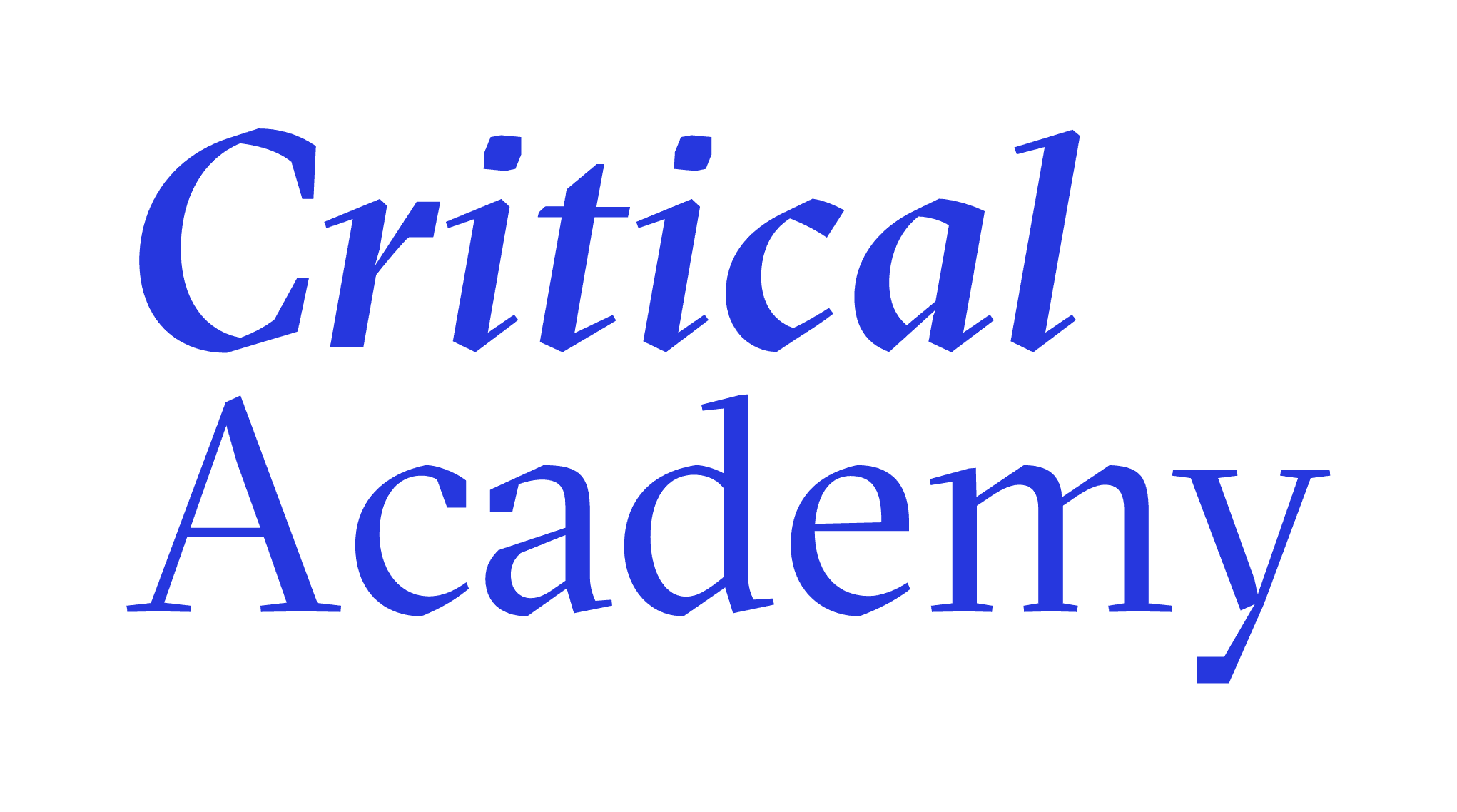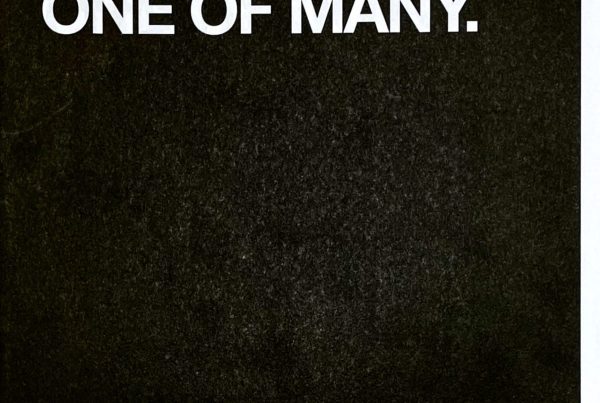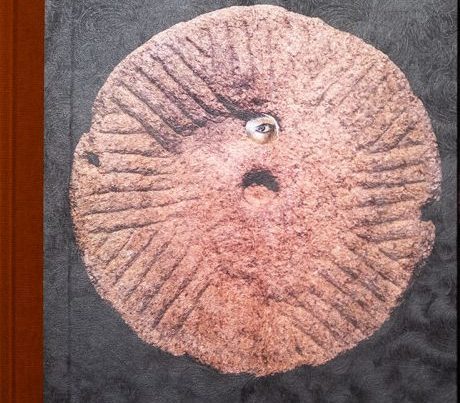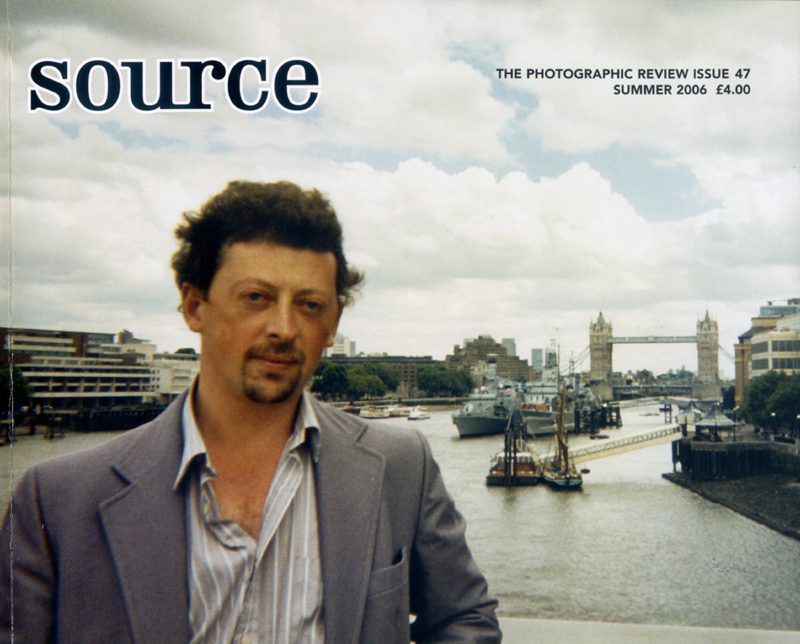

Summer 2006
Source
Summer 2006: Issue 47
English
Edited by John Duncan and Richard West.
Softcover
42 pages
260 x 205 mm
2006
ISSN 13692224
The idea of ‘community photography’ is attached to particular types of politicised practise from the 1980s associated with the politics of representation and the politics of the Thatcher years. Now that photography is to be found in art galleries and has a status not dreamt of in 1985 is there still space for these kinds of ‘committed photography’?
Mark Neville and Anthony Luvera has both attempted to find ways of working with a community that includes them in the work they produce. Neville is concerned that his photographic portrait of Port Glasgow should be made for the people it features and Luvera that the homeless people he works with should have the opportunity to find their own way of taking photographs. Both explain the process they have gone through to produce their work and the negotiations this has involved.
Borderlines and The Peterlee Project are the work of small groups rather than individuals and, in quite different contexts, have used similar methods of combining oral interviews with photographs to create an archive of the experience of a particular area. The coordinators of these projects describe what they hoped to achieve and the difficulties they have faced in creating a localised photographic history.
Basildon and ‘Basildon man’ have been seen by political parties from the left and right as a useful barometer for the mood of Britain since the early 90s. The recent Demos report on Basildon notes amongst its citizens ‘a profound detachment from all forms of collective political process or social agency. Local people are living their lives increasingly in the private sphere especially through family life.’ Against this backdrop CJ Clarke’s photographic project provides an insight into the displaced youth of Basildon.
Interaction enables people to build communities, to commit themselves to each other, and to create a social fabric. Denis Masi’s work examines public events, festivals and other occasions when people gather together to share an experience producing a kind of social capital. Derived from documentary style street photography his triptychs use narrative conventions to produce stories around the interactions at these various events.
Coal Faces is the product of three major projects in the Upper Afan Valley since 1990 by Tina Carr and Annemarie Schöne. The work celebrates the ability of a community to survive massive job losses following the closing down of the railways and the withdrawal of mining from the area. They see their role as photographers as one of being witnesses to events and to be involved closely with the people they are photographing. To show things that need to be corrected but also things that have to be appreciated.
About the Publisher
Source is a quarterly photography magazine, available in print and as a digital edition, published in Belfast, Northern Ireland. They publish emerging photographic work and engage with the latest in contemporary photography through news, thoughtful features and reviews of the latest exhibitions and books from Ireland and the UK. Their website brings together an archive of writing and pictures from the magazine alongside current features.1
